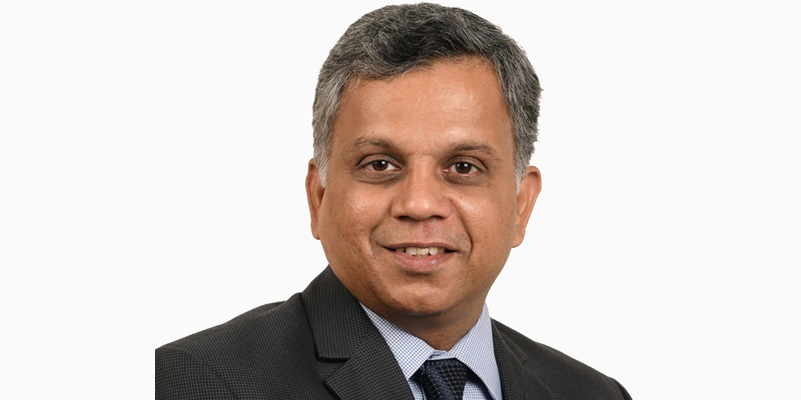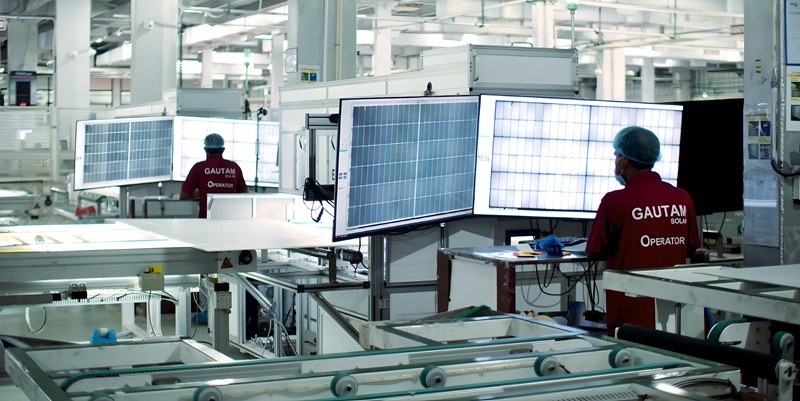Schedule a Call Back
Assessing critical risks in workplaces
 Articles
Articles- Jun 19,24
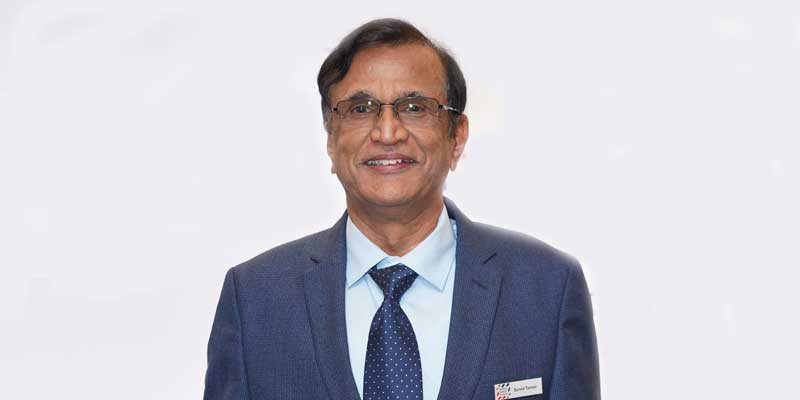
Related Stories

Critical risk assessment in the workplace: Suresh Tanwar
Critical safety risks, defined as events with the potential to cause fatalities or permanent disabilities, are prevalent in hazardous industries.
Read more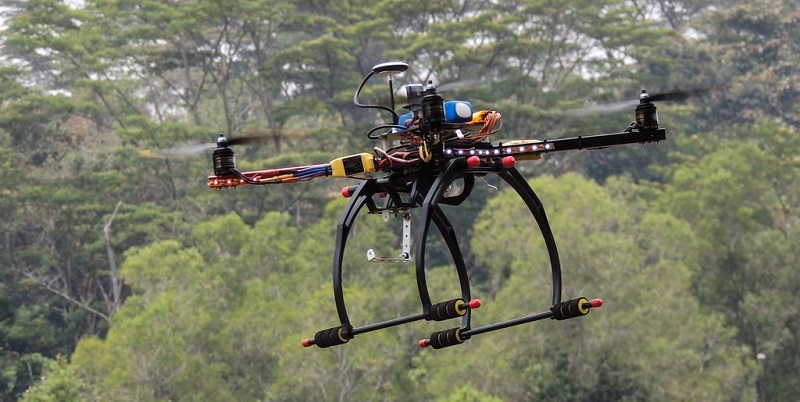
Andhra cabinet approves policy to boost drone manufacturing
The government has allocated Rs 5 billion to support the policy’s implementation.
Read more
IIT Delhi develops cost-effective solar cell technology
The team’s work focuses on Perovskite solar cells and was recently published in the SMALL journal.
Read moreRelated Products
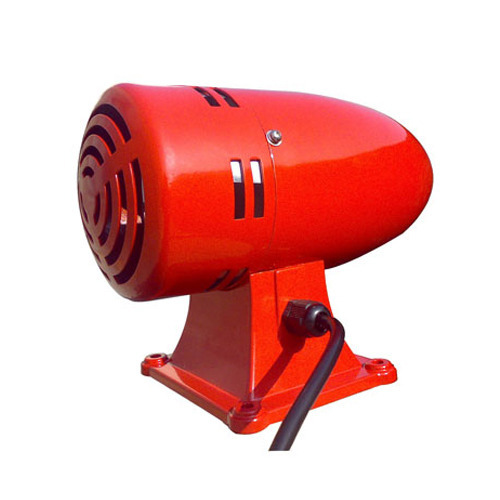
Fire Protection - Industrial Sirens
Amit Safety Enterprises offers a wide range of fire protection industrial sirens.
Read more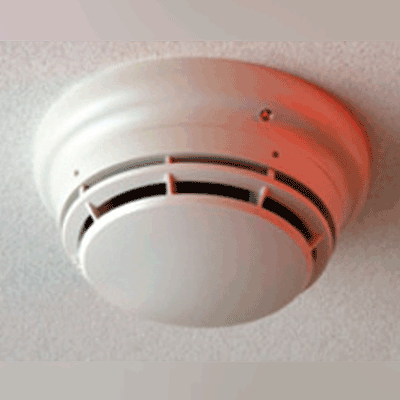
Fire Alarm Sysytem
Nayakson Security Systems is offering a range of fire alarm, intrusion alarm and gas alarm systems.
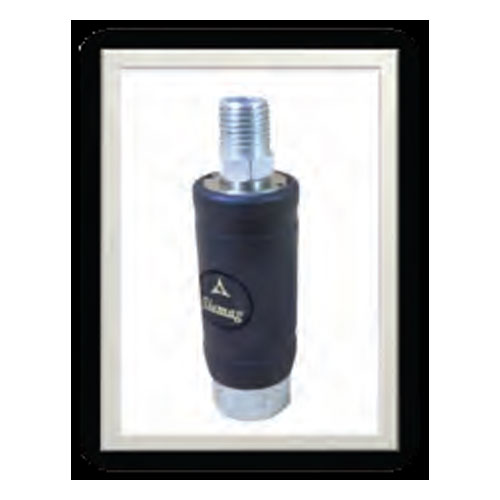
Push Button Safety Quick Release Coupling
Siemag introduces the all new push button safety quick release couplings. Read more




